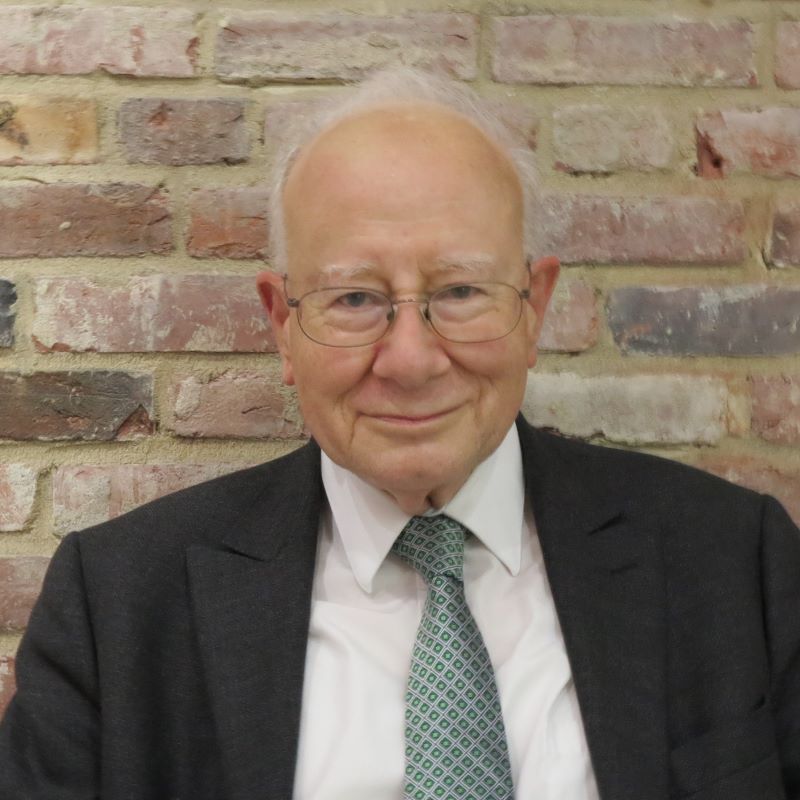

Martin Heyworth
Sinfonia No. 1
Short instrumentation: 2 2 2 2 - 2 2 0 0, timp, str
Duration: 19'
Instrumentation details:
1st flute
2nd flute
1st oboe
2nd oboe
1st clarinet
2nd clarinet
1st bassoon
2nd bassoon
1st horn in F
2nd horn in F
1st trumpet
2nd trumpet
timpani
violin I (6 players)
violin II (5 players)
viola (4 players)
violoncello (3 players)
double bass (2 players)
Sinfonia No. 1
Sample pages
Work introduction
Written during 2007-2015, this is a 4-movement symphony for chamber orchestra.
The opening theme of the first movement has been used by the composer on two previous occasions, viz. in a piece for solo piano written in Cheltenham (England) in November 1971 (Allegro in A major), and in the fourth movement (finale) of the composer's third string quartet (a work completed in Philadelphia, in 2005). The opening movement ('Eclogue') of the present Sinfonia is an A major Allegro with elements of sonata form, which was written in 2007. The second movement, a contemplative and moderately slow movement in A minor, uses, as its opening theme, an idea that had surfaced previously in the short second movement of the composer's Sonata Bergamasca, a 3-movement work for alto saxophone and piano written in Philadelphia during 2000-2001. In the second movement of the present Sinfonia, sections in triple time alternate with ones in duple time. At the end of the second movement, 2 bars for strings alone, followed by 2 bars for wind instruments alone lead directly into the third movement, a French Ouverture in C major (slow-fast-slow-fast), in which trumpets and timpani (silent up to this point) are included in the orchestra. This third movement is an orchestration of a piano piece, which the composer had written in 2011 and played on a piano in the June of that year, during an informal concert organised by musically talented medical students in the University of Pennsylvania (Philadelphia), where the composer was an Adjunct Professor of Medicine. The orchestration of this movement was completed in 2011, after the second movement of the Sinfonia had been written. A plunge from C major (Allegro) into F minor marks the start of the second slow portion (Grave e maestoso) of the French Ouverture. After various tonal wanderings at a slow tempo, this second Grave e maestoso section leads directly into a brief revisitation of the C major Allegro, which concludes the movement.
The home key of A major is re-established in the finale, a relatively concise movement written in 2014-2015, which, like the opening 'Eclogue', has elements of sonata form. The finale begins with a theme played by two solo clarinets, which alternate with each other in presenting the idea. During most of this finale, the trumpets and timpani are silent. They re-enter the orchestral texture during the concluding bars of the movement.
This Sinfonia was rehearsed by the Chamber Orchestra of Philadelphia (COP) in November 2015, under the direction of Maestro Dirk Brossé (Music Director of the COP). The rehearsal occurred at the Trinity Center for Urban Life in Philadelphia, and was recorded.
The composer donated the autograph score of this work, and the autograph score of the String Quartet No. 4, to the Cambridge University Library (England). In the case of the Sinfonia, there are some minor differences between the autograph score and the published version. These differences reflect editing by the composer in the run-up to publication, such that the published version is the definitive one.

